How It's Made
Say Hello to Serena Wu, Senior Product Designer
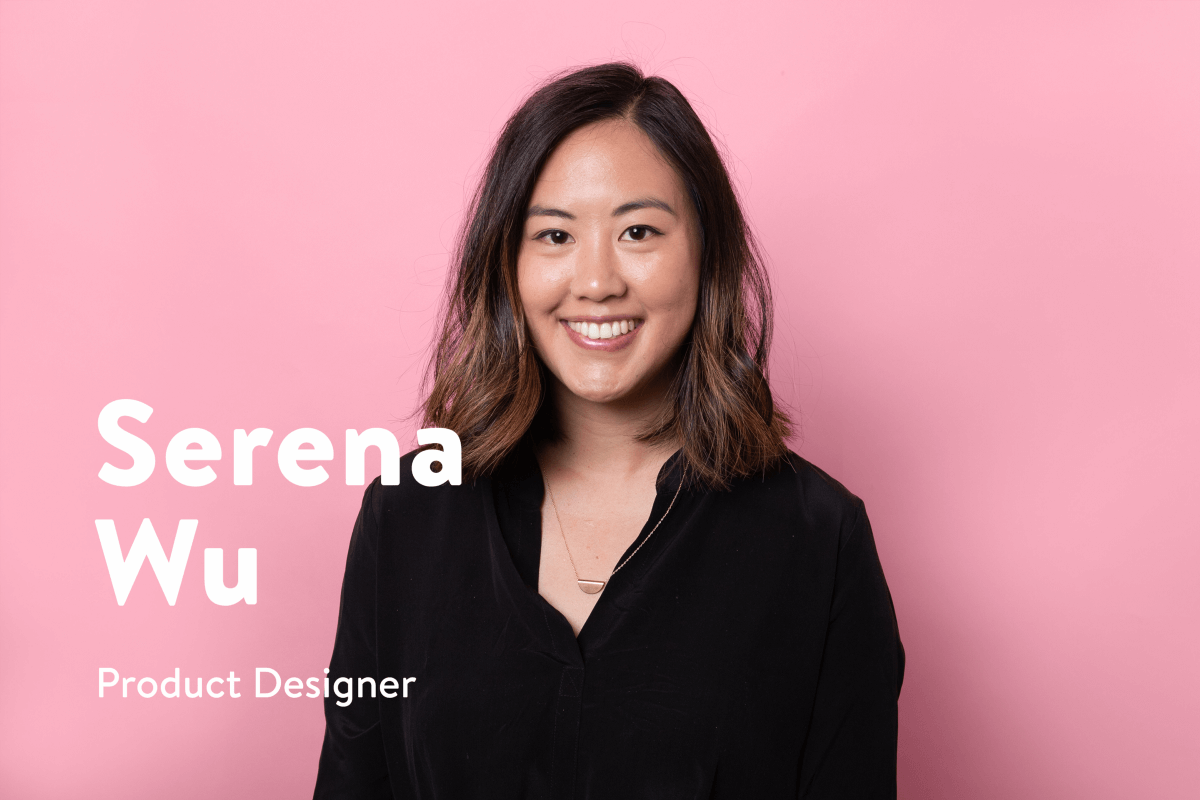
What do you do?
As a Senior Product Designer on the Consumer Growth team, I focus on building the best first-time experience for new customers, from signing up to placing that first order. Previously, I was on the CPG and Retailer teams, contributing to our ad revenue and building products needed to sign key national retailers.
How did you get into design?
I’ll share how I got into tech-product design with a background in architecture, and also how I ended up at Instacart after various startups.
I grew up right here in Silicon Valley and was raised by an artist/designer and an entrepreneur. My mom was a web and graphic designer during the dot-com era, which meant I had access to the earliest versions of Photoshop and Dreamweaver as a kid. I learned HTML from lissaexplains.com and CSS from styling my own GeoCities websites. Since I didn’t have much flexibility in my high school curriculum, I spent my summers enrolling in various courses like graphic design, photography, ceramics, and Java programming at our local community college to try to figure out what I wanted to pursue in college. Knowing that I loved the creative arts but not a particular medium, I ended up choosing the architecture program at UC Berkeley, a classic foundation for many design fields. Though working mainly in a 3D/physical format, I learned how to ideate, prototype, and problem solve creatively (given constraints and rules) in the architecture studio.
College was also where I became fascinated with the rise of web 2.0 and the potential of technology. I was obsessed with being an early adopter of every tech product that came out, debating the pros and cons of Twitter vs. Pownce, Digg vs. Reddit, Tumblr vs. Posterous. My friend and I started a viral humor blog on Tumblr, which landed us a book deal with Penguin’s Perigee Books. We were interviewed on NPR, featured in the New Yorker, and invited to ROFLCon at MIT to meet other internet memes IRL. I volunteered at tech events like TechCrunch50 and the Crunchies Awards to learn about what people were building and leveraging technology to achieve. Meanwhile, my engineering friends were spending their summers at YC’s Startup School, while we all bought the first iPhones and started dabbling in making apps. The dawn of the recession was an interesting time to be in the Bay, since many of San Francisco’s tech companies were in their infancy then. I didn’t really know what I wanted out of a career, but I knew I wanted to be at the cutting edge of technology or join a startup.
The summer after college, I moved to Taiwan for three months to intern at a smart home concept studio — the perfect intersection of my two loves, architecture and technology. The ideas were fascinating but ten years too early, in my opinion. I spent the rest of the year traveling throughout Southeast Asia grappling with (and confused about) what I wanted out of post-college life. When I came back to SF, I worked as a freelance designer, helping friends design their e-commerce ideas and mobile gaming apps, while occasionally participating in their startup accelerator programs. I then hopped from startup to startup full-time as the first or founding designer, before starting my own company in the fall of 2013.
The three years I spent building a food-tech startup were the wildest three years of my life (with the exception of becoming a parent more recently). The highs were high and the lows were low, but the learnings and opportunities were invaluable. We were featured by Apple organically as a “Best New App” on both the iPhone and AppleTV, invited to SXSW to be part of the Future of Food pavilion, and showcased at Facebook’s F8 conference (for being built on Parse). We moved to New York for three months to join a food-tech accelerator, and we even flew to Switzerland for a partnership with Nestle. We ended up selling to a Japanese cooking company while our engineering team was acqui-hired by Uber.
I wanted to stay within the food-tech sector at a startup that was still small and scrappy (but mature enough to weather challenges), so I joined Instacart in 2016.
What makes everything worth it?
Literally being dependent on Instacart’s grocery delivery service to get everything done as a full-time working mom in tech. I’ve placed over 150 orders since joining three years ago. That’s over 2800 items I didn’t have to find myself, thanks to some awesome and hardworking shoppers.
What’s the greatest piece of career advice you’ve ever received?
There’s no such thing as an “ideal” career path. It’s really just an accumulation of various experiences that help define who you are today.
What advice would you give to a designer just starting out?
I remember when I first started out, I tended to design for an ideal use case for the ideal user — which is a great starting point! Over time, I’ve learned to challenge my assumptions and think about edge cases that would break the existing design — helping to uncover opportunities for improvement. This could be min or max states, technological shortcomings, or different audiences. As a product grows, the audience expands, which means being considerate of marginal users as well.
Where do you find inspiration?
I find inspiration from the various apps on my phone to all the touch interfaces in our home. From a podcast I heard or a Netflix documentary I watched. From way-finding through vast airports, to cramming in a baby-changing bathroom stall. From observing my son interact with constantly new objects, and from witnessing my grandma communicate with my husband with no shared language. From a delightful checkout experience on a website I’ve never heard of but found via an Instagram ad.
Working on various projects at Instacart, which one was the most challenging and exciting for you?
This question is hard to pinpoint given that the projects I’ve worked on in the past three years have spanned consumer to retailer/enterprise, to advertising tools and even backend catalog management. The most impactful projects also differed in company goals, from growth to revenue to business partnerships, and it’s hard to justify which I cared about more.
I’d say the most interesting and challenging sets of projects so far have been the new user experiences from signing up to landing on a storefront, to placing that first order. We need to communicate the values of Instacart to different types of people; show relevant stores, items, and departments; and help them build their cart and checkout. I’ve mainly been focused on the top of the funnel (from signup to storefront), and our storefront experiments have been incredibly difficult to move our primary metric of order rates — but they’ve been fun and insightful nonetheless. People just love deals.
Where did you grow up and what made it special?
I’m a Bay Area native, born and bred! I have fond childhood memories of catching butterflies in Sunol, following footprints atop Coyote Hills in Fremont, and going on field trips to the Lawrence Hall of Science in Berkeley or the Rosicrucian Egyptian Museum in San Jose. I spent eight years of my youth figure skating and occasionally sharing the rink with Kristi Yamaguchi, if I went early enough before school started.
What was the first thing you ever designed?
Apart from GeoCities era stuff, the first thing I designed with an actual audience was the center-spreads for our high school newspaper as the Special Features Editor.
The first tech product I designed (and I say “product” to eliminate all the websites I skinned) was this iOS word search game called Word Seek. TechCrunch once reported that we were the “all-time most addictive title” in the App Store based on sentiment analysis of reviews. I’m still not sure if that’s a good or bad thing.
What is something you’re most proud of in your life or career?
Raising my son. It trumps starting and selling a company.
What role does food play in your life?
Growing up in an Asian household, the closest phrase to “I love you” was “Have you eaten?” All of my favorite childhood memories are centered on food — having hotpot for Thanksgiving or grabbing shaved ice as a family, which felt like such a treat back then. Now that I’m a parent, I think a lot about what kinds of traditions I want to create for our son — and it all comes back to sharing food with family, like making dumplings and rice balls on Lunar New Year.
On the flip side of having fond memories around food, my greatest day-to-day anxiety is also, “What will my son eat today?” As a result, I meal-plan and meal-prep heavily on Sunday nights, relying on grocery delivery services to get me all of the ingredients at my door each week.

Come build with Serena.
If you’re excited about defining the future of a one trillion dollar industry, building an ad-serving network for groceries, scaling the world’s most extensive grocery catalog, perfecting a real-time on-demand logistics chain, all while simultaneously designing the future of food for millions of people, you should take a look at the available opportunities or reach out to someone from the team.
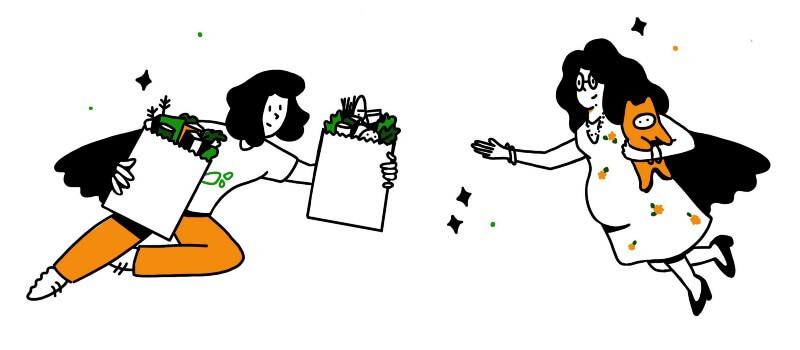
Most Recent in How It's Made
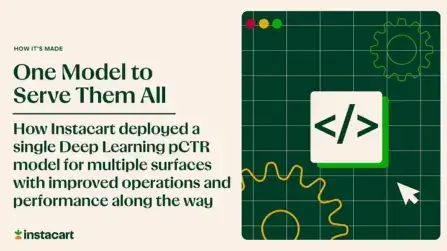
How It's Made
One Model to Serve Them All: How Instacart deployed a single Deep Learning pCTR model for multiple surfaces with improved operations and performance along the way
Authors: Cheng Jia, Peng Qi, Joseph Haraldson, Adway Dhillon, Qiao Jiang, Sharath Rao Introduction Instacart Ads and Ranking Models At Instacart Ads, our focus lies in delivering the utmost relevance in advertisements to our customers, facilitating novel product discovery and enhancing…...
Dec 19, 2023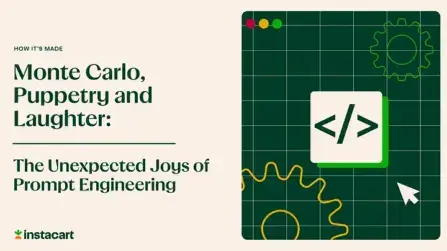
How It's Made
Monte Carlo, Puppetry and Laughter: The Unexpected Joys of Prompt Engineering
Author: Ben Bader The universe of the current Large Language Models (LLMs) engineering is electrifying, to say the least. The industry has been on fire with change since the launch of ChatGPT in November of…...
Dec 19, 2023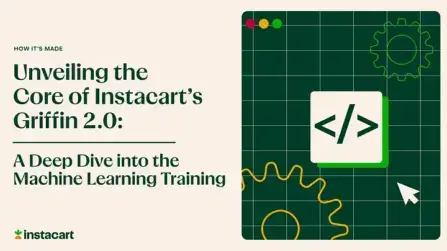
How It's Made
Unveiling the Core of Instacart’s Griffin 2.0: A Deep Dive into the Machine Learning Training Platform
Authors: Han Li, Sahil Khanna, Jocelyn De La Rosa, Moping Dou, Sharad Gupta, Chenyang Yu and Rajpal Paryani Background About a year ago, we introduced the first version of Griffin, Instacart’s first ML Platform, detailing its development and support for end-to-end ML in…...
Nov 22, 2023

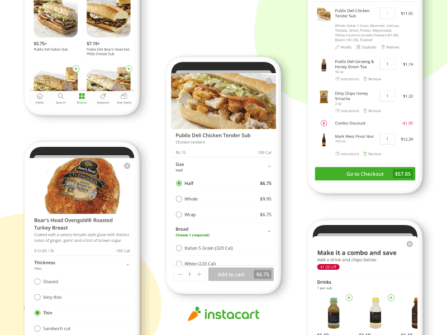 Building Instacart Meals
Building Instacart Meals 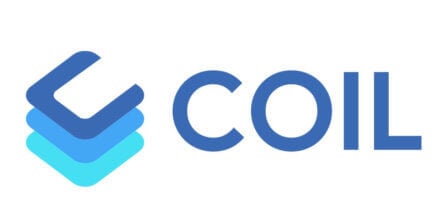 Introducing Coil: Kotlin-first Image Loading on Android
Introducing Coil: Kotlin-first Image Loading on Android 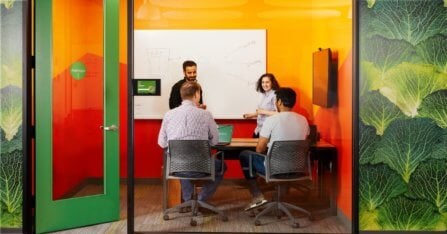 7 steps to get started with large-scale labeling
7 steps to get started with large-scale labeling 
